Formation of the Campbelltown and Airds Historical Society, now in its 73rd year.
Dr Ivor G. Thomas moved to Campbelltown in 1944 where he would be sole medical practitioner until 1951. Among his many interests and hobbies his great love was history. At the time, Campbelltown had a wealth of 19th century buildings and overgrown cemeteries. These were places the doctor loved to explore and record. He called a meeting on July 7th 1947, at which he would instigate the formation of the Campbelltown and Airds Historical Society. Its first official meeting took place in October 1947. Ivor was elected president and remained so until 1955. He contributed articles to the Society's early journals and photographed many of Campbelltown and its surrounding areas historical buildings. Sadly, Dr Ivor Gwynne Thomas passed away at the age of 59 in 1960. His research, collections and photography form a valuable part of the records of the history of Campbelltown.
Below is a portrait of Ivor G. Thomas - the founding president of Campbelltown & Airds Historical Society.

(Image sourced fromIvor G. Thomas Collection, Campbelltown & Airds Historical Society)
World War II
The commencement of WWII in 1939 brought changes to the whole district. Overseeing the war effort was Mayor Percy Marlow who took a genuine interest in the young men and women who enlisted. The Ingleburn Military Camp was constructed in 1939, and soldiers became a regular sight on the streets. Menangle Park Racecourse was converted to a military camp with an airstrip in 1940. Petrol, food and clothing were rationed, and council recycled paper, cardboard and old rags. Most sporting activities were suspended as so many young men had joined up. Instead they were replaced by recruiting rallies, patriotic carnivals and fund raisers. Although the town celebrated the end of the war, for some families was the real tragedy of losing loved ones.
Part of the infrastructure built to accommodate the army during WWII, the original army barracks (built in 1938) at Ingleburn Military Camp (shown below).
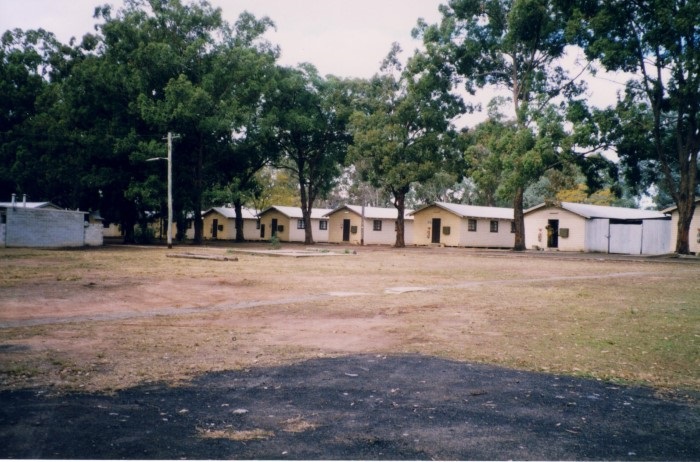
(Image sourced from Local Studies Collection, Campbelltown City Library)
Mayor Percy Marlow's store below was located on the corner of Queen and Lithgow Street, Campbelltown.
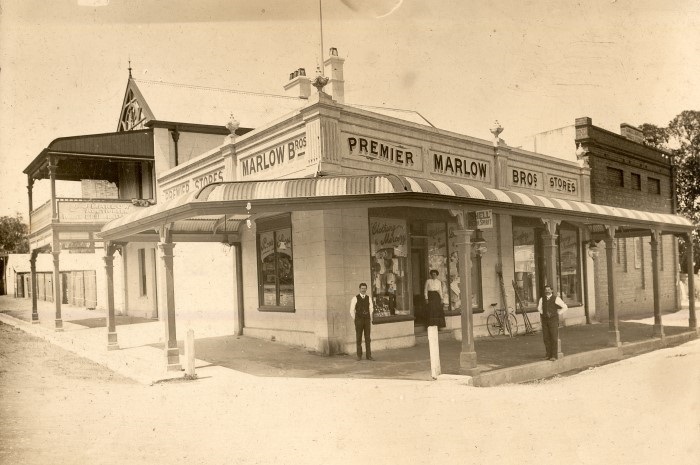
(Image sourced from P.C.Marlow Collection, Campbelltown & Airds Historical Society)
Troops bound for the war enjoying a farewell picnic with friends at Ingleburn Military Camp on New Year's Day 1940. This warm scene was captured by Sydney Morning Herald photographer F.J. Halmarick. These diggers - men of the 16th Brigade of the 6th Division - would be among the first Australians to see battle as they spearheaded the Allied attack on Bardia in North Africa, winning a stunning victory over the Italians. Today, the Campbelltown suburb of Bardia is being developed on the former army camp site.
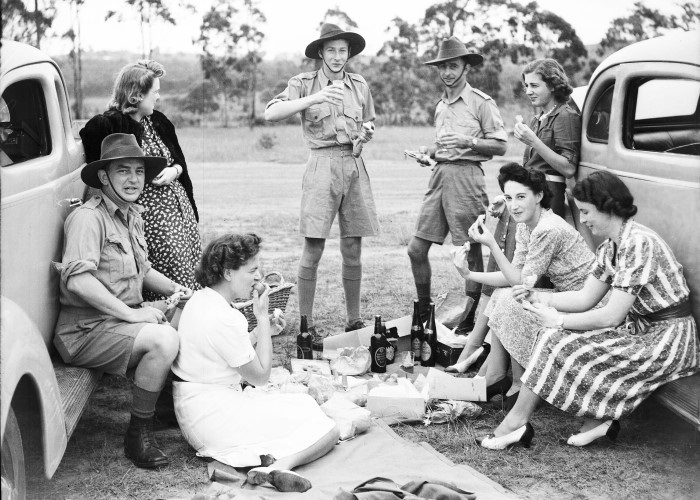
(Image sourced from Sydney Morning Herald)
Life was very different
The possibility of a Japanese air raid - particularly after the submarine attack on Sydney harbour in 1942 - prompted the construction of sand-bag air raid shelters in Campbelltown backyards. Geoff and Pam Routley are pictured here playing at their Genty Street home. "After the war we used it as a cubby house," Pam recalled.
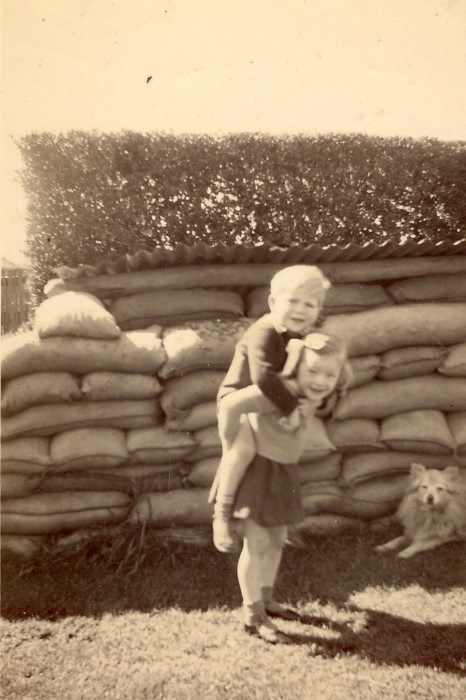
(Image sourced from Pam Bonomini collection)
Amalgamation of the two Councils
In 1946 the amalgamation of councils became a State Government policy. In 1948 it was announced that Campbelltown and Ingleburn were to be incorporated as one municipality. Campbelltown's Phil Solomon was the first mayor of the united council.
Campbelltown literally doubled its size with the merger of the two councils, stretching from Glenfield to Wedderburn.
Below is a photo of the original council chambers in Ingleburn.
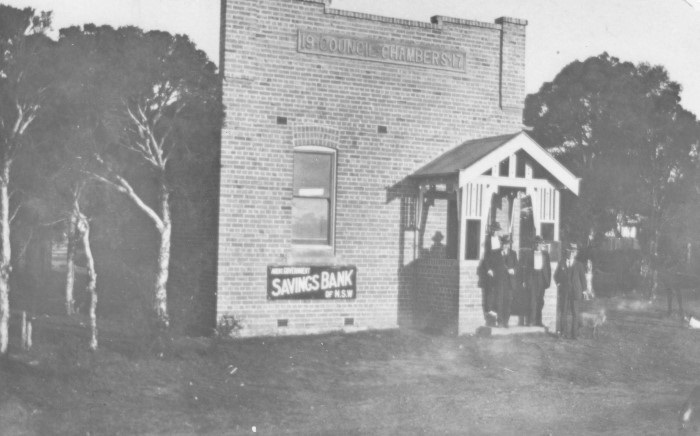
(Image sourced from Local Studies Collection, Campbelltown City Library)
Campbelltown Show
Judging cattle at the Campbelltown Show in the 1940s
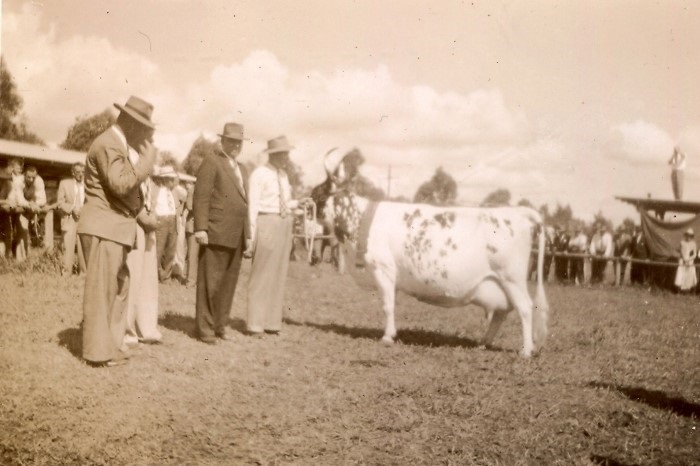
(Image sourced from Nash Family collection)